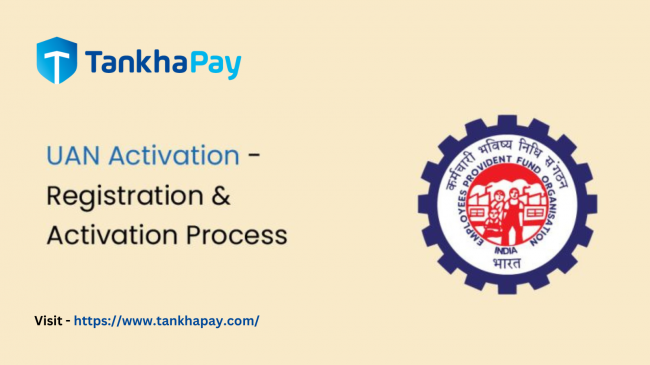Introduction
We live in a world where software development is blooming day by day and hence the rise of complex software is higher than usual. In the ever-evolving landscape of software development, it is very important to ensure the quality and reliability of the software. This is because, software has become an indispensable part of our lives and they are affecting our life in one way or the other. As the software systems become increasingly complex, traditional testing methodologies may fall short in identifying all the critical defects.
This has led to the rising fame of exploratory testing. It is a dynamic and hands-on approach that empowers testers to delve into software applications without rigidly predefined scripts. In this comprehensive guide we will look at the details of exploratory testing, its advantages, and techniques. We will also understand how enrolling in a Software Testing Course can equip you with the skills to excel in this critical domain.
Understanding Exploratory Testing
Before moving any further to understand the complex concepts, let us first go through the basics. Let us start by understanding what exploratory testing is. In simple words, exploratory testing is often regarded as an art within the testing community. It involves simultaneous test design and execution.
Unlike traditional testing methods, which follow predefined scripts, exploratory testing encourages testers to embrace their intuition, creativity, and domain knowledge. In this method, testers interact with the software as end-users would. Hence, they are on the path seeking to uncover hidden issues that might skip the scripted tests. This approach is particularly valuable in unearthing unexpected defects, usability concerns, and other nuanced issues that scripted testing might overlook.

Advantages of Exploratory Testing
We have now got an idea that this method does not follow any script. We also know that exploratory testing is based on tester’s creativity and intuition . Let us look at some advantages of this method that has made it so famous among the testing community. The beauty of exploratory testing lies in its adaptability and efficiency. In rapidly evolving projects, where requirements and features can change swiftly, exploratory testing shines. Testers can pivot their focus in real-time, following hunches and exploring potential pitfalls as they emerge. This responsiveness aligns seamlessly with agile and DevOps methodologies, where agility is of high importance.
Moreover, exploratory testing reveals defects that scripted testing might miss. When a tester follows a script, their primary goal is to focus on the script's logic. Hence, in a way, they are potentially overlooking issues that might arise from unexpected interactions or user behaviors. Exploratory testing on the other hand is driven by the tester's cognitive thinking. Hence, it tends to uncover these hidden glitches, and ensures comprehensive coverage.
The freedom to improvise also extends to scenarios where detailed documentation might be lacking. In cases where requirements or user stories are ambiguous, exploratory testing can shed light on potential interpretations and implications, aiding in decision-making.
Techniques in Exploratory Testing
Exploratory testing embraces various techniques that cater to different aspects of software assessment. We are going to discuss four of them in this article. The first one of them is the Ad-hoc testing method. The "Ad-hoc Testing" technique involves free form exploration. This is a set up where testers interact with the application based on their intuition and experience.
The nest method is Scenario based testing. As the name suggests, ”Scenario Based Testing'' simulates real-world user workflows. It goes to explore how the application behaves in various usage scenarios.
Another important technique is error Guessing. We can guess from the name that in this method, testers intuitive approach is taken into account. ”Error Guessing" leverages the tester's knowledge to predict potential sources of defects, and then focuses on those areas.
Stress testing is the final method that we are discussing in this article. In the ”Stress Testing” method, the application is pushed to its limits. This is done to uncover how the application will behave under extreme conditions. These techniques, among others, provide a structured yet adaptive approach to exploratory testing.
Enrolling in a Software Testing Course
Let us understand why a structured and well curated course is necessary to gain expertise in this field. To harness the power of exploratory testing, you will need a deep understanding of software testing principles, methodologies, and real-world applications. When you decide to enroll in a Software Testing course, you are investing your time, giving yourself a commitment and also following the path of discipline. This is not possible when you plan to learn without any structured plan. Software Testing Course offers a structured learning experience that will equip you with the skills to excel in this dynamic field.
Our reputed course covers everything in the spectrum of testing methodologies, techniques, and best practices. Highly qualified instructors guide you through the nuances of exploratory testing, imparting knowledge and hands-on skills. You will also work on real-world projects which will allow you to simulate testing scenarios, honing your intuition and decision-making abilities.
Another big advantage of joining a testing course is networking. You will be engaging with fellow students and industry professionals and will foster collaboration and idea exchange. Many institutes offer placement assistance, connecting you with potential employers and providing a stepping stone for your exploratory testing career.
Conclusion
Exploratory testing has emerged as a powerful tool in the tester's arsenal. It has offered a flexible and intuitive approach to identifying hidden software issues. Its adaptability, responsiveness, and ability to reveal unscripted defects make it an essential component of modern software quality assurance.
Enrolling in a Software testing Training Course in Jaipur, Kanpur, Mumbai, Delhi, Indore, Noida and many more cities in India, is a strategic step towards mastering this dynamic testing approach. As software systems continue to grow in complexity, your expertise in exploratory testing will prove indispensable. It will ensure the delivery of reliable and high-quality software products from your end. In a competitive software landscape, where user experience is paramount, your mastery of exploratory testing will set you apart as a proficient and sought-after software testing professional.











